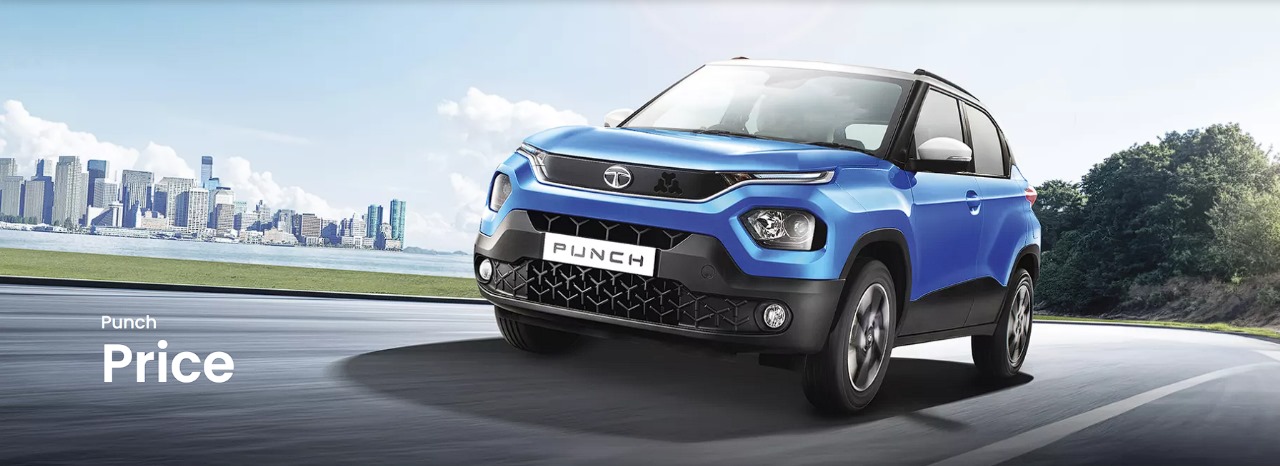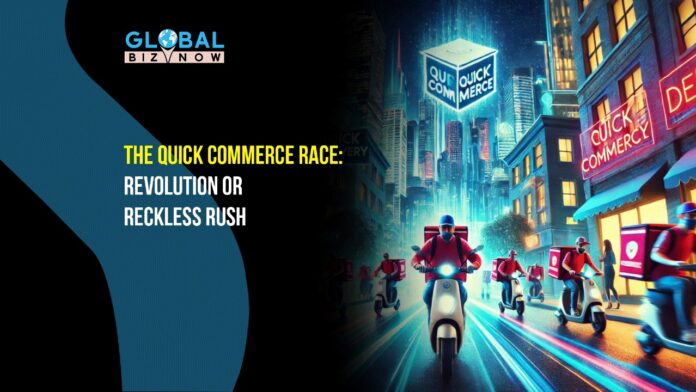Imagine: A motorbike symphony whizzing through Indian neighborhood streets, racing against time. The reason for this musical concert is that there is a fierce competition among Swiggy, Blinkit, Zepto, and others to bring your groceries, snacks, or even last-minute necessities in less than fifteen minutes. Ten years later, an achievement that seemed unthinkable is now a reality. These days, everything is only a few taps away.
Welcome to the world of Quick Commerce, or Q-commerce, a fiery battleground reshaping India’s business landscape. This booming sector mirrors the pulse of urban life, where time is currency and convenience reigns supreme. But as the industry pushes the boundaries of “quick,” questions abound: How fast is too fast? What corners are being cut in the pursuit of instant gratification? And will this race spiral out of control?
From Impulse to Essential: The Rise of Q-Commerce
From impulse buys-such as forgotten milk cartons or last-minute snacks-Q-commerce has quickly ballooned into a necessity among urbanites. Professionals recover precious hours otherwise lost in traffic snarls and parking woes by delegating errands to delivery fleets. With promises to deliver anything within 10-15 minutes, these platforms have become like personal butlers at your fingertips.
Born out of the success of e-commerce giants, Q-commerce was a natural next step. Companies like Swiggy and Zomato, armed with established delivery networks, saw the potential to expand beyond food. Soon enough, players like Zepto and BigBasket joined the fray, spurring a race to shave minutes off delivery times. As of March 2024, this sector had ballooned into a $2.8 billion market, with forecasts predicting a $40 billion valuation by 2030, according to Deloitte.
The backbone of this speed revolution? Dark stores—compact warehouses nestled in densely populated neighborhoods. Strategically located and chock-full of inventory, these hubs make lightning-fast fulfillment possible. As delivery speeds dwindled to mere minutes, Q-commerce apps entrenched themselves into daily routines, as indispensable as scrolling through social media or checking emails.
The Two-Edged Sword of Instant Gratification
However, beneath the marvel of efficiency lies a complex web of challenges. The relentless pursuit of speed risks compromising on quality, safety, and even ethics. For example, Shantanu Deshpande, CEO of Bombay Shaving Company, had raised red flags about the 10-minute delivery promise in food-tech, where meals allegedly were cooked in two minutes and delivered in eight. Such practices have caught the attention of regulators like the Food Safety and Standards Authority of India (FSSAI), which has flagged violations, including expired or near-expired goods being sent to customers.
Worker safety is one of the most urgent needs. Delivery riders, oftentimes incentivized to perform as many orders as quickly as possible, face arduous conditions, low compensation, and high risks to their safety on the streets. The race for pace carries with it the ever-present threat of penalties and fines for delays, literally putting riders in harm’s way. While the company has made some efforts along these lines, critics worry that the very foundation— the “need for speed” model—could crack under its own weight.
A New Era of Retail
Yet, the industry undoubtedly has much to give. Surveys indicate that 75% of online grocery shoppers have increased their impulsive purchases, which is an indication of the power of convenience. For customers, Q-commerce eliminates the hassle of planning shopping trips, while for companies, it cements habitual usage of their platforms.
That isn’t all. Traditional kirana stores and FMCG brands aren’t being ignored either. Many are moving on to this digital age, with innovations such as free home delivery, online billing, and quick returns. Far from killing off the traditional retail, Q-commerce has resulted in symbiosis, boosting sales channels for heritage players such as Tata, Nestle, and Hindustan Unilever.
The Road Ahead: Opportunity or Overreach?
As the Q-commerce frenzy gains momentum, the trajectory of its growth relies on a fine balance. With immense growth potential for new-age startups and private brands, unchecked expansion may eventually strain infrastructure, compromise safety, and erode trust. The challenge for companies is to hone their models sustainably in a manner that ensures quality, fair labor practices, and regulatory compliance while not losing the promise of the product to the consumer.
The Q-commerce race isn’t merely about who can deliver fastest. It’s about who can innovate responsibly, keeping in step with shifting expectations. For now, the clock is ticking- quite literally.



